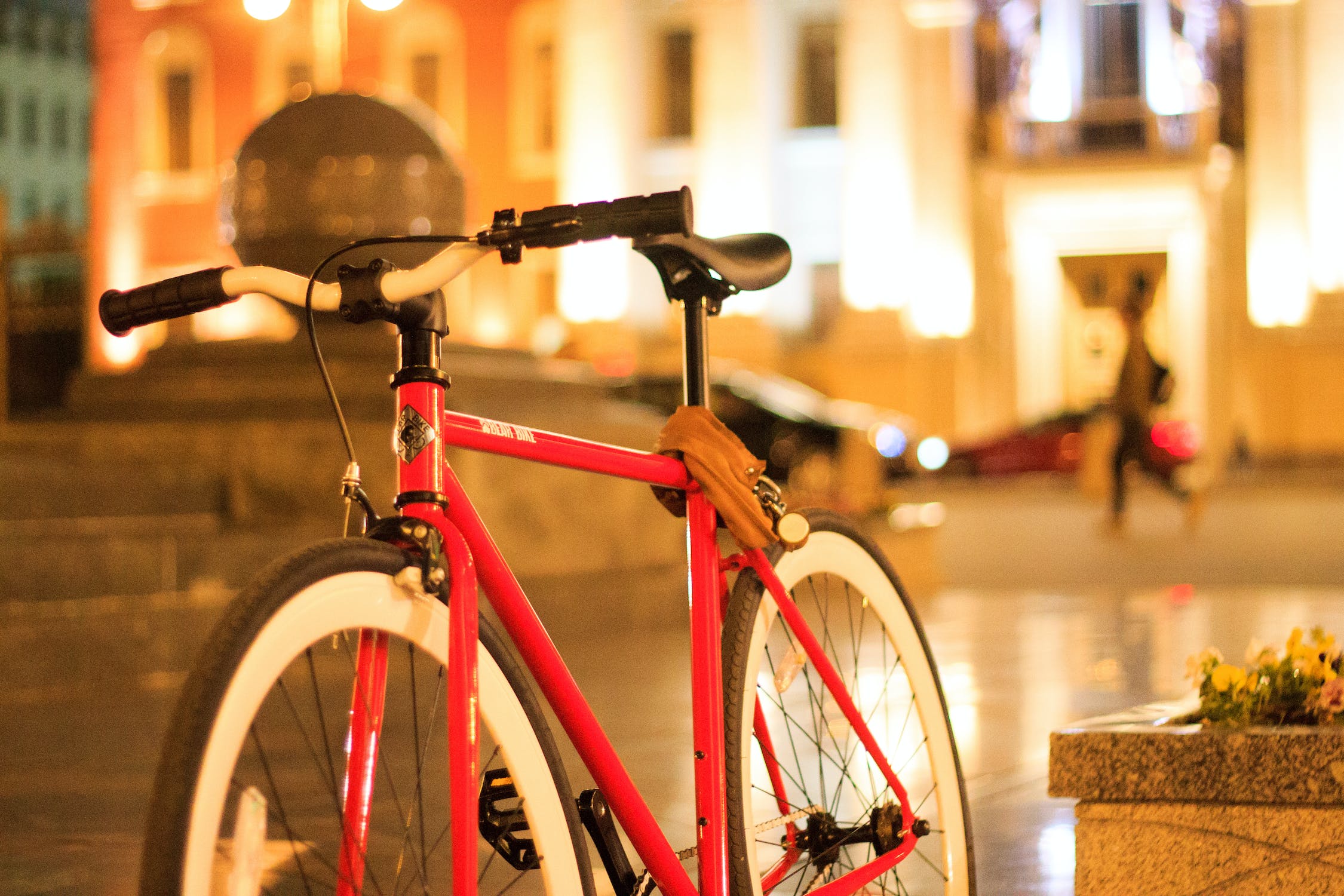Every cyclist, regardless of where or when they ride, knows how important it is to protect his or her bike, and pay close attention to bike security. Whether you’re a daily commuter, a brief errand-runner, or a fitness conscious sport rider to your riding locale, choosing the right lock is absolutely imperative.
A crucial step in preventing bike theft is selecting the proper bike lock. But not all bicycle locks are made equal. How do bike enthusiasts and owners decide which bike lock is best for them? You’ll get to find the information in this article.
All bike locks can be broken, but using a strong lock and a clever locking technique can significantly lower the likelihood that criminals will target your bike specifically.
Here are some factors you should consider when selecting a bike lock:
1. Security level:

When it comes to choosing a lock for your bike, it’s important to consider the security rating of the lock. Look for locks with high-security ratings, such as those certified by independent testing organizations like Sold Secure or ART. These organizations test locks to determine how secure they are and give them a rating based on their findings.
It’s also important to consider the type of lock you are using. U-locks and chain locks are generally considered to be the most secure types of locks, as they are difficult to cut or break. Cable locks and wheel locks are less secure and can be easily cut or removed.
While higher security locks may cost more, they offer better protection against theft. Investing in a high-quality lock can help to deter thieves and give you peace of mind when leaving your bike unattended. Additionally, it’s important to use the lock properly by securing it to a fixed object and locking both the frame and the wheels. By taking these steps, you can help to prevent bike theft and keep your bike safe and secure.
2. Type of lock:

There are several types of locks available, including U-locks, cable locks, chain locks, and folding locks. Each type of lock has its own benefits and drawbacks, so consider what is most important to you, such as weight, ease of use, or level of security.
3. Size and weight:
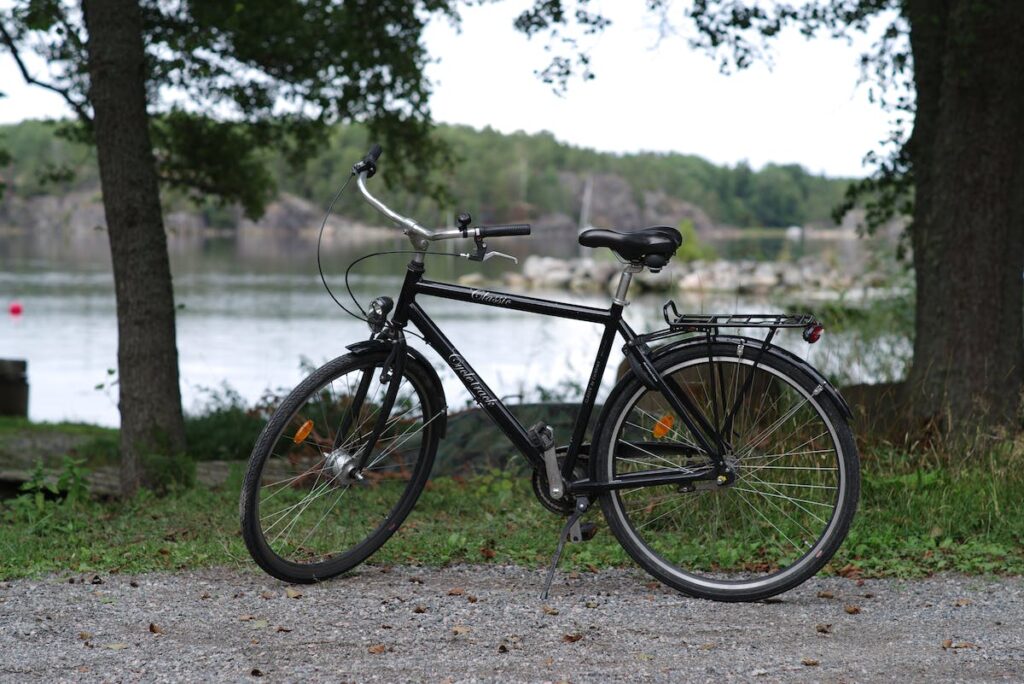
Look for a lock that is the appropriate size for your bike and easy to carry with you. A heavy lock may be more secure, but it can also be cumbersome to carry. History has also shown that if you purchase a bike lock that is too heavy, you will end up dumping the lock. Consider going for the not -so- heavy ones.
4. Brand and reviews:
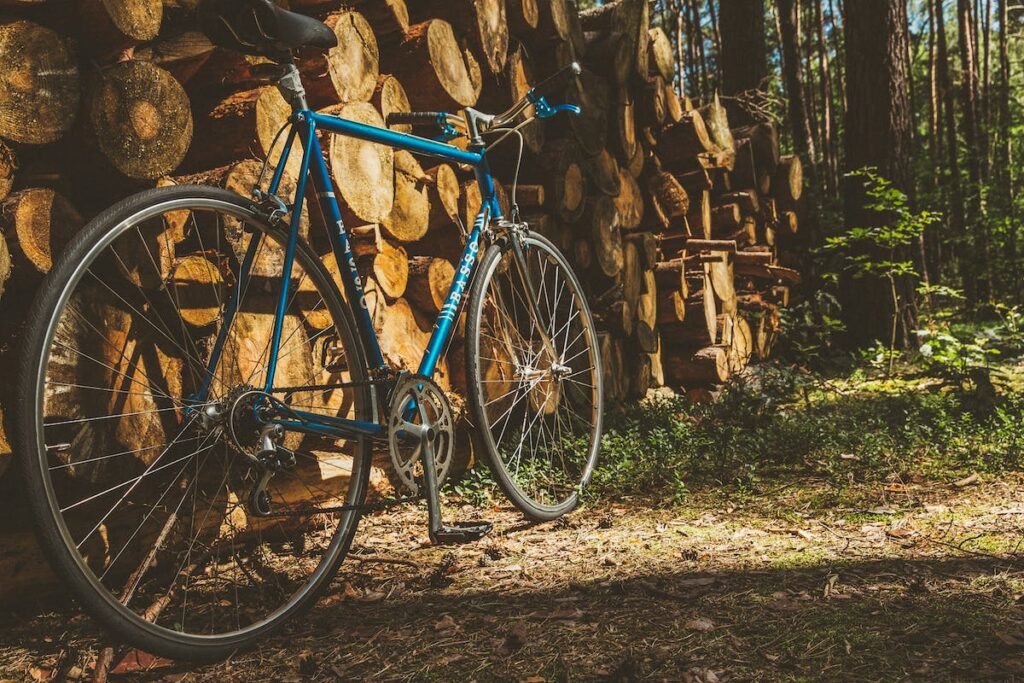
It’s imperative to seek for official security ratings when purchasing a new bike lock. Numerous resources exist that show how to cut through the shackles and lock bodies of common bike locks and circumvent them. Consider completing your research as if you’ve misplaced your key and need to locate the quickest way to unlock your bike lock. You can disregard lock picking information for the purposes of the majority of cyclists since most thieves do not pick locks. Reviews that claim using an angle grinder or other power tools to cut a lock is simple are likewise false. Power tools can be used to break into almost anything. It is advisable to concentrate on resistance to hammers, bolt cutters, and prying.
Make thorough research on the brand and read reviews from other riders to see if the lock you are considering is well-regarded and reliable.
5. Budget:
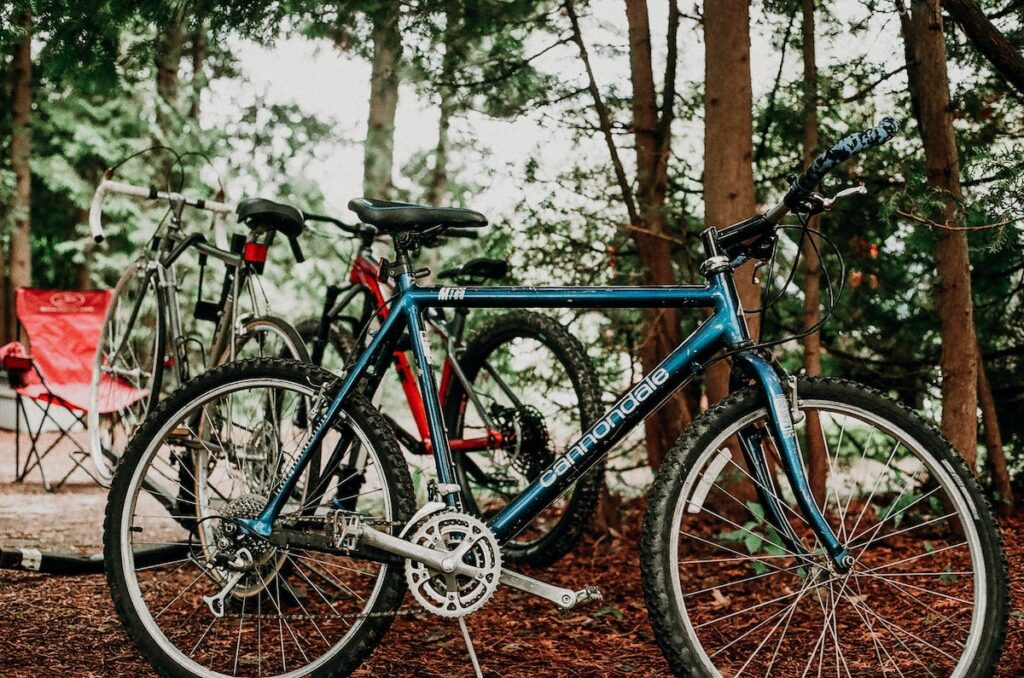
When it comes to choosing a lock for your bike, price is an important consideration. Locks can range in price from a few dollars to several hundred dollars, depending on the type and level of security they provide.
While it may be tempting to choose a cheaper lock to save money, it’s important to remember that lower-priced locks may not provide adequate security. Cheaper locks may be easier to pick or cut, making them more vulnerable to theft.
On the other hand, it’s not always necessary to spend a lot of money on a lock to get good security. There are many mid-priced locks that offer a good balance of security and affordability.
6. Use case:
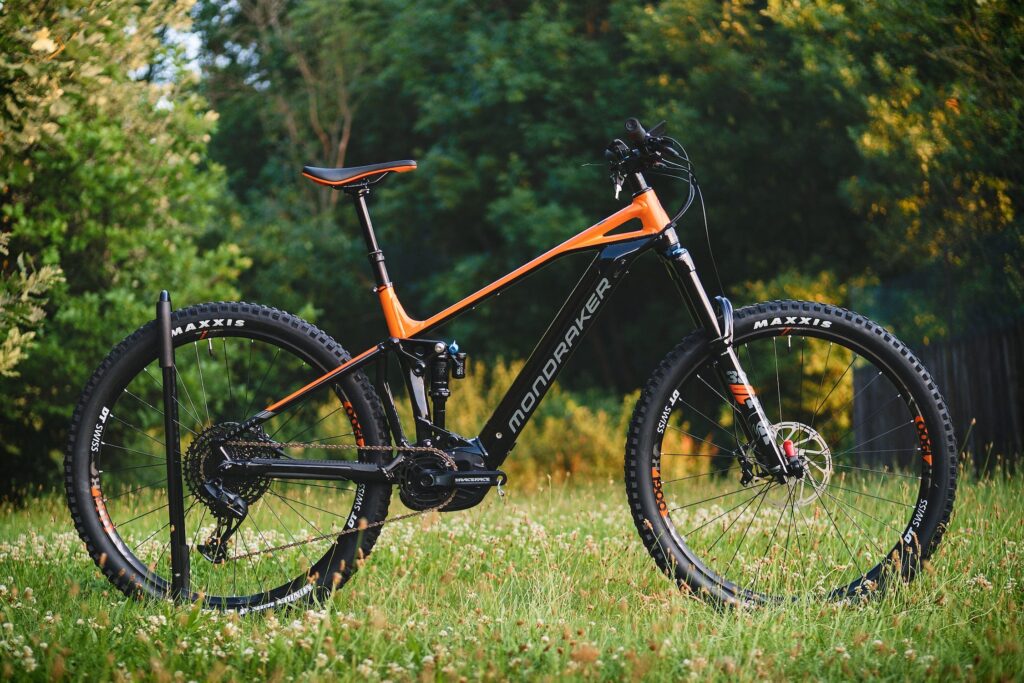
Think about where and how you plan to use the lock. For example, if you need to lock your bike in a high-crime area, a more secure lock may be necessary. Although bike thieves have access to a variety of bypass equipment but bolt cutters are by far the most widely used instrument. Use a padlock and chain or a U-lock for true security because cable locks cannot withstand bolt cutters.
Although they are among the most secure, U-locks and padlocks are not flawless. With the correct tools, every lock can be opened. Because of this, bike owners should search for chains, padlocks, and U-locks with robust shackles and bodies made of steel alloys like boron carbide.
Conclusion:
The right lock for you will depend on your individual needs and preferences. Consider the factors above and take the time to research and test out different options to find the one that feels best for you. Remember that a good lock is an investment in protecting your bike from theft.
We sincerely hope you found this article is useful!

